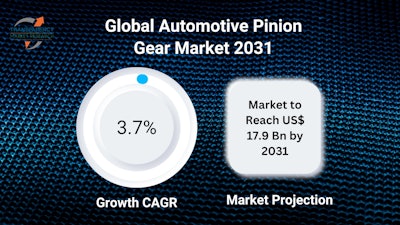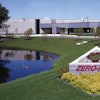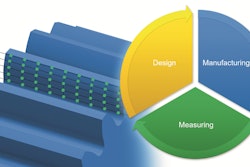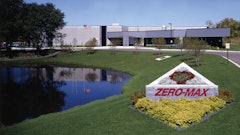
The global automotive pinion gear market is witnessing steady expansion, driven by increasing vehicle production, rising disposable income, and rapid urbanization, particularly in emerging economies such as China and India. As automotive manufacturers focus on enhancing vehicle efficiency and performance, the demand for advanced pinion gears continues to surge.
The global automotive pinion gear market is projected to reach $17.9 billion by 2031 according to Transparency Market Research, growing at a CAGR of 3.7% from 2023 to 2031. The increasing demand for energy-efficient and lightweight components is driving market expansion. Moreover, the rising production of electric and hybrid vehicles is expected to create significant opportunities for pinion gear manufacturers.
North America and Europe continue to be major markets for pinion gears due to the presence of established automotive manufacturers and a high adoption rate of advanced vehicle technologies. Meanwhile, Asia Pacific is emerging as a key growth region, driven by rapid industrialization, infrastructure development, and increasing consumer preference for personal mobility solutions.
The integration of innovative manufacturing technologies, such as 3D printing, carbon fiber composites, and precision machining, is revolutionizing the industry, allowing for the production of lightweight and highly durable gears.
With the growing emphasis on fuel efficiency and reduced emissions, automakers are shifting toward advanced drivetrain systems that optimize power transmission and minimize energy loss. This has led to an increased focus on high-quality pinion gears, particularly in electric and hybrid vehicles. As a result, key players in the industry are investing heavily in research and development (R&D) to develop next-generation gear solutions that enhance vehicle performance while meeting stringent environmental regulations.
Automotive pinion gear industry overview
Pinion gears play a critical role in automotive steering, transmission, and differential systems, ensuring smooth operation and precise control of vehicles. The market is primarily driven by the increasing demand for passenger and commercial vehicles worldwide. Advancements in gear design and material selection are further supporting market expansion.
The growing adoption of electric and hybrid vehicles is also reshaping the industry, as these vehicles require high-efficiency transmission components to optimize battery performance. Additionally, the trend toward autonomous and connected vehicles is fueling innovation in pinion gear systems, as manufacturers work to enhance vehicle maneuverability and stability through advanced steering mechanisms.
Four market trends shaping the future
- Rise in electric vehicles (EVs): The shift toward EVs is creating a demand for advanced gear solutions that optimize energy transfer and enhance vehicle efficiency.
- Integration of smart technologies: The adoption of AI-driven predictive maintenance and digital twin technology is improving gear performance and reducing downtime.
- Sustainable manufacturing practices: Companies are increasingly using eco-friendly materials and energy-efficient manufacturing techniques to align with global sustainability goals.
- Customization and 3D printing: The ability to produce customized pinion gears using 3D printing technology is gaining traction, offering improved flexibility and cost savings.










